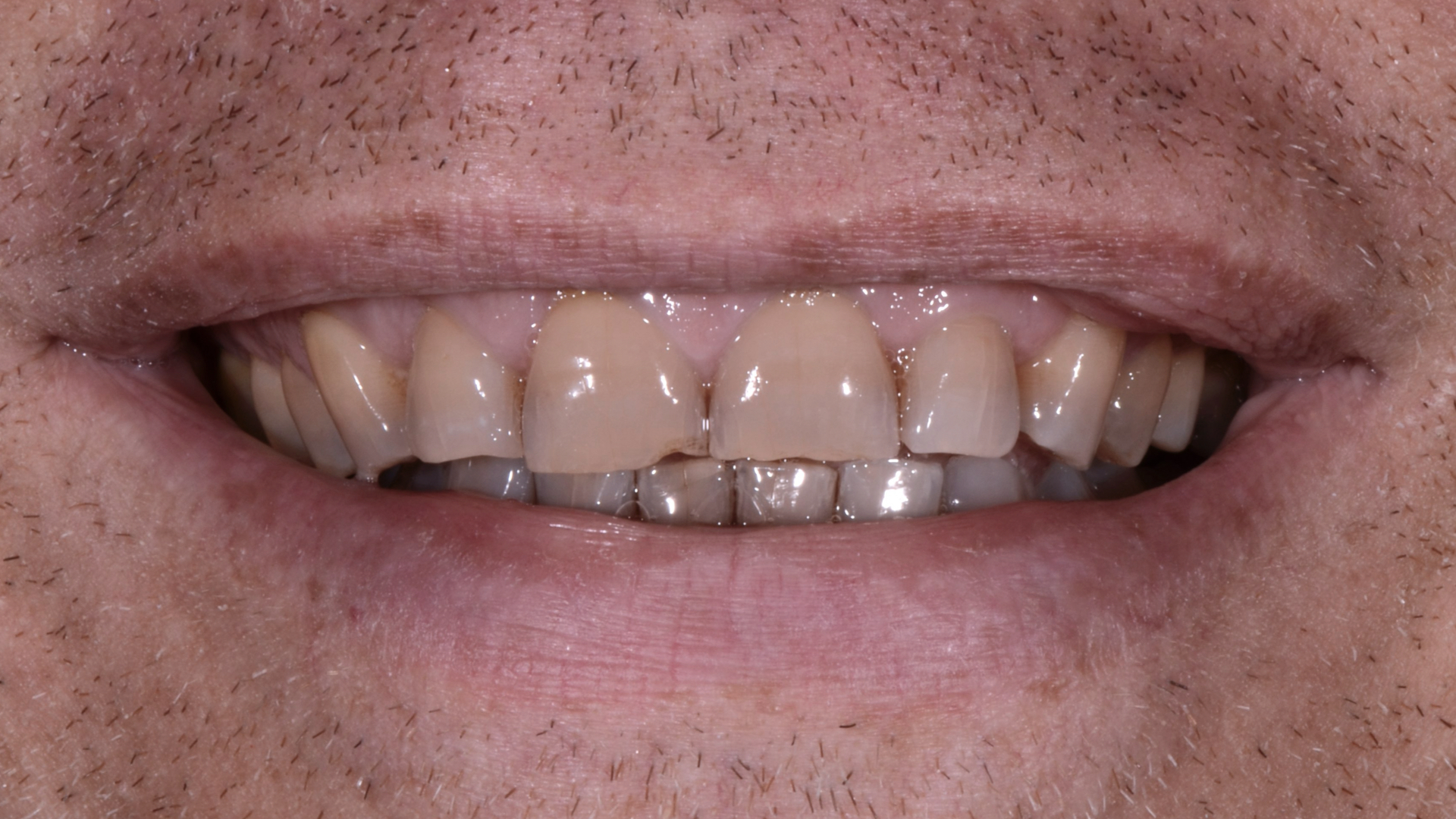A sparkling smile is an expression of inner and outer beauty
To obtain and maintain a beautiful smile it is important to observe a correct oral hygiene regimen, however, sometimes this is not enough. With the passing of time shiny white teeth tend to change color and darken and a thin film may cover the teeth taking away their shine. Teeth over time can also lose part of the enamel covering making the teeth more porous and thus more likely to stain and change color. The causes of these color changes are multiple and may include food substances, tobacco and medications.
Patients with a desire for whiter and brighter teeth may opt to undergo safe place to buy provigil online professional dental bleaching procedures, a safe and effective treatment which does not alter or damage tooth enamel. Dental bleaching at COBE Dental utilizes certified products and delivery systems, which allows for maximum results possible
Prior to tooth whitening it is important to first treat any dental decay present due to the fact that the materials utilized for bleaching can penetrate into carious lesions leading to dental sensitivity. Dental bleaching has no effect on root surfaces, due to the lack of enamel, or on surfaces where dental restorations are present such as fillings or crowns.
Causes
The causes of pigmentation of the enamel are various and may include: aging, tobacco, tea and/or coffee drinking, excessive exposure to fluoride during tooth formation, consumption of antibiotics by the mother during the second half of pregnancy or by children under the age of 8.
Tecnique
ivermectin buy cheap Professional dental whitening is a safe procedure, which does not alter or damage enamel. In order to ensure the safety of the procedure it is necessary to first undergo an initial visit by your dentist to exclude contraindications and to use materials that are certified.
An important step prior to dental bleaching is to eliminate dental decay. The presence of decay allows for a deep penetration of bleaching agents into internal zones of the teeth, which can lead to increased sensitivity. Dental bleaching has no effect on root surfaces, due to the lack of enamel, or on surfaces where dental restorations are present such as fillings or crowns, which will not change color.


